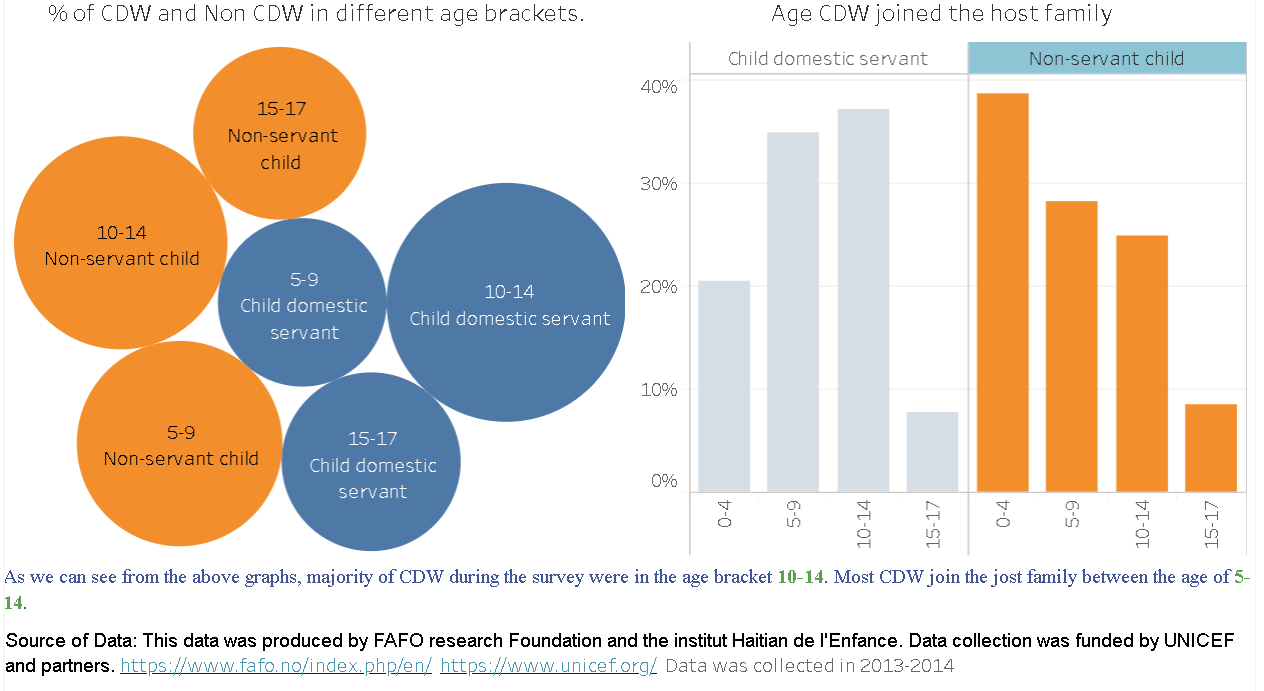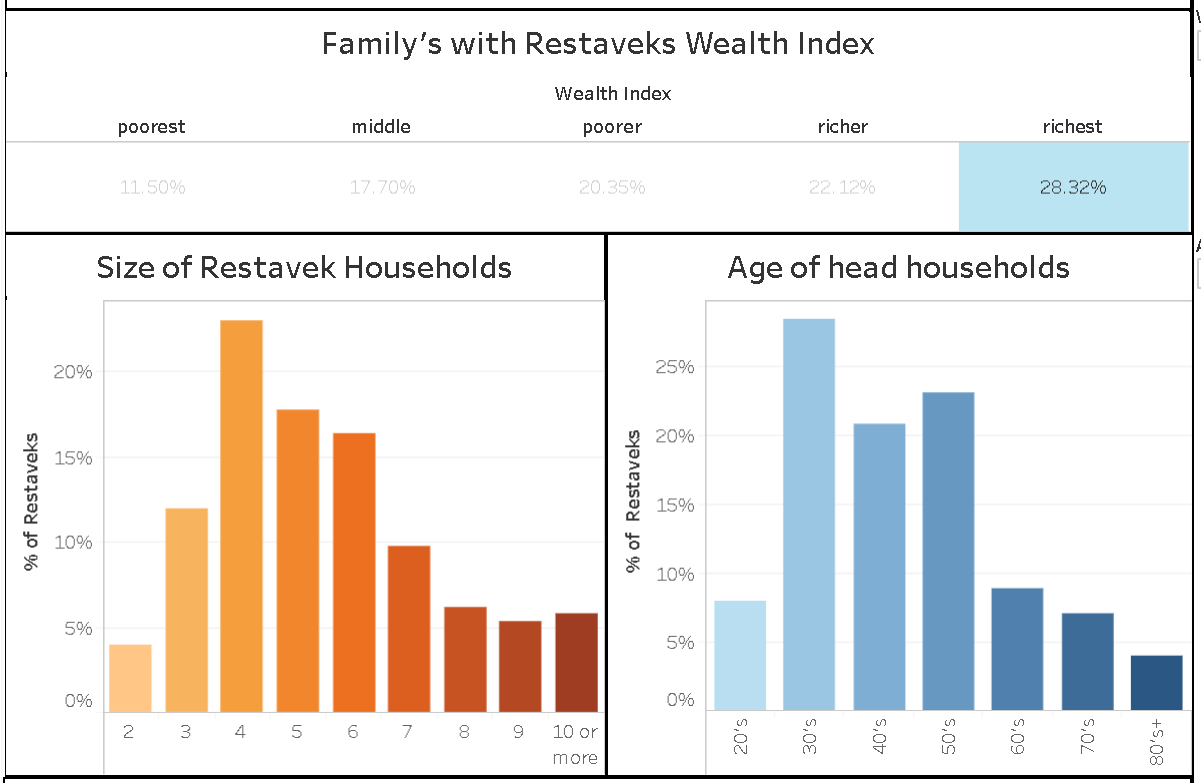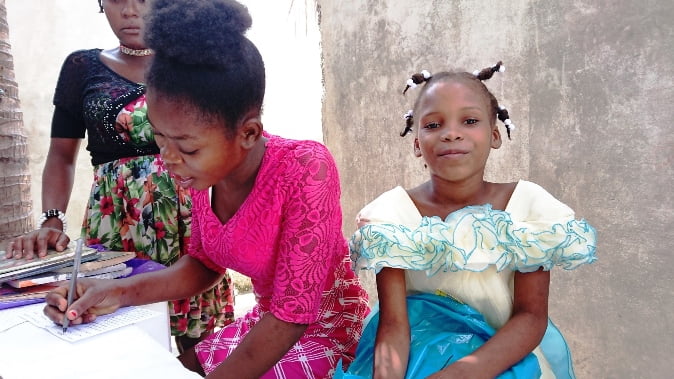July 27, 2019
Categories: Medicine and Health, Recipients, Restavek
Tags: fafo, Visualizations
In Haiti, many poor rural families hoping to provide a better future for their children send them to live as domestic servants in the homes of urban / semi-urban families. These children, mostly girls, are extremely vulnerable to emotional, physical, and sexual abuse. These children are known as Restavek. Data shows that the most common …
June 29, 2019
Categories: Recipients, Restavek
According to research in Haiti, most parents do not want their children to leave them and live with some other family. A total of 2,078 families were interviewed, out of which 264 families gave reasons like their child being too young, having no proper understanding of the process and the host families not being able …
Perception of Parents on Their Children Living in Another Household Read More »
June 17, 2019
Categories: Recipients, Restavek
Tags: age groups
Restavek girls are extremely vulnerable to emotional physical, and sexual abuse. Research in Haiti has identified that the majority of domestic servants join their host families between the ages of 5 and 14. As highlighted in the bar chart above, Some Child Domestic Workers begin work at an even younger age. Since many children in …
December 19, 2018
Categories: Haiti, Human Rights, Poverty, Recipients, Restavek, Slavery
Tags: host families, households
This is the latest installment of this blog highlighting the conditions of Child Domestic Workers in Haiti. In Haiti, many poor rural families hoping to provide a better future for their children send them to live as domestic servants in the homes of urban / semi-urban families. The majority of these children are girls and are …
Wealth and Household Breakdowns of Families with Restaveks Read More »
December 19, 2018
Categories: Access, Ayiti Now Corp, Books, Education, Poverty, Recipients
Tags: girls, Restavek, schools, waf jeremie
This is the latest installment of this blog highlighting the conditions of Child Domestic Workers in Haiti. In Haiti, many poor rural families hoping to provide a better future for their children send them to live as domestic servants in the homes of urban / semi-urban families. The majority of these children are girls and are …
What Type of Work Restaveks in Domestic Servitude Do? Read More »




